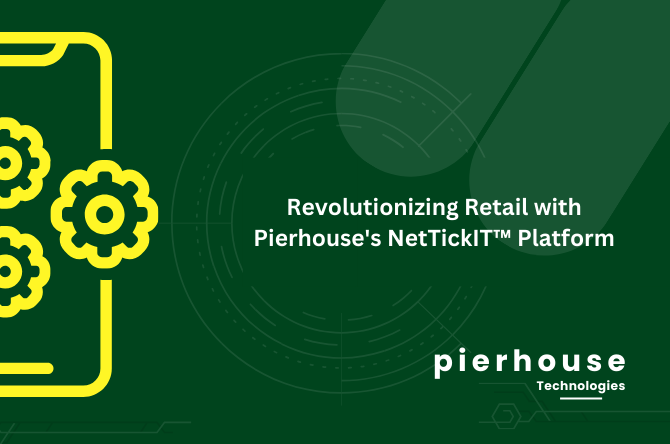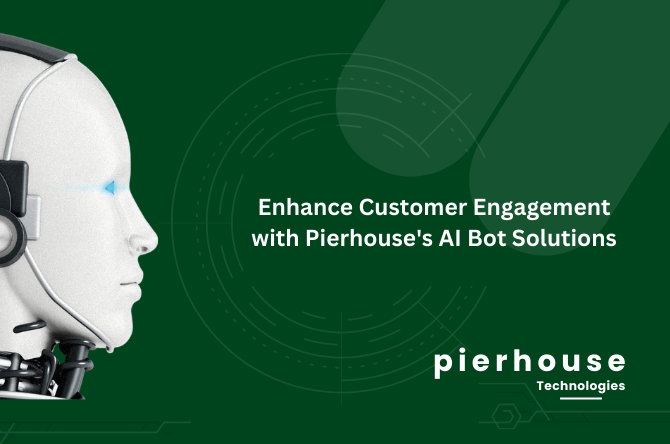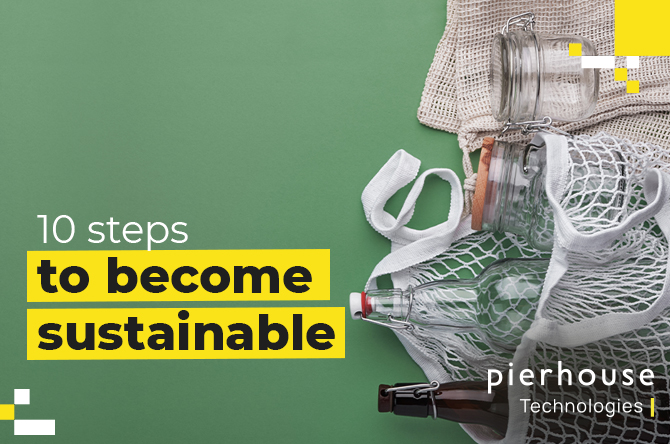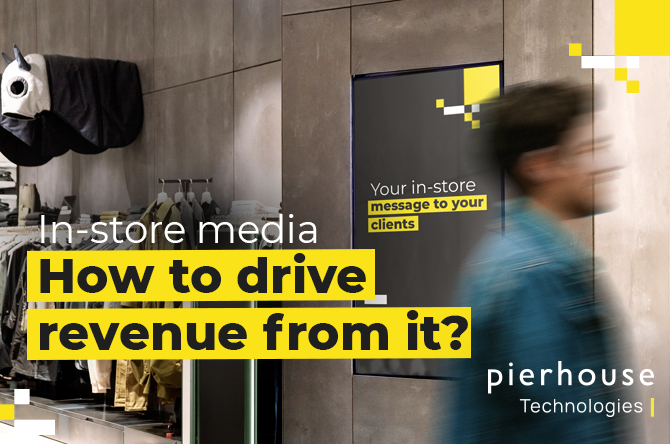
As shoppers adopt this style of buying food their interest in multi buys of the same product reduces. What they want is lots of new things to try and packaged offers such as £10 meal deals to make buying and selection easy. As a result there is much less shouty signage and the use of bright red, yellow or orange signage promoting offers has been much reduced. The role of signage in stores has now changed. Instead of being a key vehicle to shout out offers it’s now delivering much more helpful information to the shopper which helps them select and buy.
Smart signage
Of course price is still important but added value information is becoming more important for the customer. It’s also more important for retailers as it increases sales at a higher margin rather than giving margin away in offers.
Smart signage can also be easily changed to highlight different features and benefits of a given product in different parts of the country. Information on the signage can be tested and changed quickly along with the content of meal deal packages. Another feature of smart signage is the ability to provide information to shoppers on the actual price tickets and keep everything in sync across the store.
If you want to know more about capitalising on smart signage and getting your food products on shoppers dinner tables please get in touch.
